Chile’s seven tourist wonders
North or south. This is the geographic reference that people use the most in Chile to define the location of a place within the country. Indeed, geographically, Chile is as long as it is narrow. In fact, it is the longest country in the world (4,329 kilometers or 2,653 miles from north to south), but averages just 180 kilometers from the eastern boundaries defined by the Andes mountain range to its western coast, washed by the immensity of the Pacific ocean. That is why all that is left is north or south.
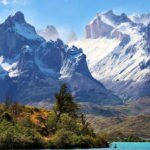
The north is characterized by a desert climate, the contrast of its sandy palette and the deep blue of the sea, oasis and valleys sprinkled across this apparently barren land, and skies so bright with stars that one feels as if they were windows offering a glimpse into the misteries of the universe. The south is lined with lush forests, a canopy of green that never tires the eye, washed by rainy spells and blessed with blue skies, fishermen’s coves with their colorful boats and trails into the mountain that invite visitors to wonder about the feasibility of life in the countryside. Further south, the pampa, Torres del Paine, the glaciers.
From the dry color of sand to the humidity of the Valdividan forest, endless landscapes that morph progressively as one travels south, always from north to south. These are some of the destinations you can’t afford to miss.
SAN PEDRO DE ATACAMA
An oasis in the middle of the desert
Visiting a 100 kilometer wide salt flat, more than 80 geysers bursting upwards at a height of 4,200 m above sea level, feeling like one is walking on the moon, learning about the native Atacameña culture, taking a tour through the largest astronomic installation in the world, praying in an adobe 18th century church. These are just some of the attractions that this town, located in the Antofagasta region in the north of Chile, has to offer. Considered as the gate to the Atacama desert – the most arid in the world - San Pedro has established itself as one of Chile’s most popular tourist destinations and is home to a bustling assortment of restaurants and hotels that cater to all types of tastes and budgets.
With a population of almost 5,000, this town is truly an oasis in the middle of the desert, surrounded by mountains and uneven terrains that surprise with lagoons of a deep blue that is even more striking against the backdrop of their parched settings, such as Laguna Miscanti and Cerro Miscanti, the mountain that towers over the lake, and Laguna Cejar, whose turquoise waters infuse the seemingly infinite desert with the promise of life.
Must-sees: Tatio geysers - Atacama salt flats - Valle de la luna (Valley of the Moon) - ALMA Astronomic Observatory – Los Flamencos National Reserve.
When to go: San Pedro’s climate is extremely dry, with sharp differences between daytime and nighttime temperatures (very hot during the day, and very cold during the night). If you cannot stand hot weather, avoid visiting during the summer months (December through March). However, it is a year-round destination.
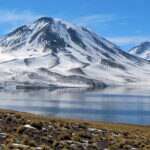
San Pedro de Atacama.
ELQUI VALLEY
Pisco, poetry and starry skies
"The Valley burns: above it hangs a dream lagoon baptizing and sprinkling it with everlasting coolness". Such were the words that poetess Gabriela Mistral used to describe the Elqui Valley, the place where she was born – her “patria chica" or little homeland, as some authors have said – in what is known as Chile’s Small North. This river basin is home to the country’s largest pisqueras (pisco manufacturing plans) and therefore one of its must-see attractions is visiting the high-altitude grapevine plantations from which pisco – the country’s emblematic product - is obtained and which cover in green these dry lands surrounded by mountains. But this area is not only about spirits and poetry. This area has a lot to offer for willing and unhurried visitors: bike tours along the valley’s villages, visiting the Puclaro reservoir, a mystical tour in the mountain, trekking, horse-riding, local crafts and the mandatory visit to the astronomic observatories that have been built across a region whose skies have been rated as one of the clearest in the southern hemisphere.
Recommendation: Cover up and don’t miss out on a night visit to the Mamalluca observatory to look at the stars from its privileged location. Tours usually include an expert guides that provide abundant information about astronomical topics, to then gaze at the constellations through a telescope.
More information: several agencies offer this tour. Click here for more information.
When to go: It is a year-round destination. During winter (June through August) nights are quite chilly, and therefore it is advisable to dress for the cold.
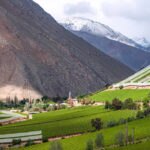
Elqui valley.
VALPARAÍSO
Why is it the jewel of the Pacific?
This port city is a must for anyone visiting the country, not only because it is the seat of the Chile’s National Congress, but also because its port terminal is one of the largest in the South Pacific and the city is one of the oldest in the country. But the true wealth of the “Jewel of the Pacific” is in its streets, its culture, in the bohemian atmosphere that impregnates its old quarters. the first thing that catches the visitor's attention is its architecture, reminiscent of an era during which people from different nationalities walked down its narrow streets that instilled it with a cosmopolitan spirit in the 19th century. It is no wonder that it was declared World Heritage Site by the Unesco a few years ago.
The best way to get a true taste of what 'Valpo' is all about? Wondering and losing oneself along its imperfect streets as your senses are treated to indelible memories. Let yourself go and walk to the top of its mountains, climb its stairs and take the elevators that connect the lowest part of the city, and marvel at the colorful buildings that cling on to the slopes of the more than 40 peaks that give shape to a natural grandstand overlooking the sea. Maybe then you will fully embrace Pablo Neruda’s words, and, just like he did before having his house built in the port, tell some friend of yours: “ I want to find a house to live and write in peace at Valparaíso.”
Must-sees: Explore Cerro Alegre y Concepción and admire its colonial English architecture – walk down the Paseo 21 de Mayo avenue and enjoy wonderful views of the city and, why not, take the opportunity to buy some of the crafts that the artisans that populate the area showcase on their stands. Visit home-museum where one of the country’s most revered cartoonists Lukas spent his days. Climb the stairs to the top of Cerro Bellavista as you enjoy the colorful murals that give shape to an authentic outdoors museum, and visit the Sebastiana, Pablo Neruda’s home at the top of Cerro Florida.
Where to sleep and eat: The city offers a broad variety of accommodation options, among which boutique hotels that preserve local architecture are gaining momentum. The restaurant offering is just as varied, boasting everything from shellfish to the classic chorrillana (a mixture of French fires, egg, meat and onion).
When to go: All year.

Valparaíso.
FARELLONES – CHILLÁN - PUYEHUE
Destination: mountain and snow
-Near Santiago: One of the wonderful things about living or visiting Santiago, especially for those who love outdoor activities, is that it is just at an hour’s drive from the sea or the mountains. Santiago’s most popular ski resorts - Farellones, La Parva, El Colorado and Valle Nevado - are located just 50 kilometers east of the city. The area boasts slopes for beginners, mid-level, advanced and expert skiers, as well as free-style, acrobatic, ski jumping and snowboarding facilities. If you are in the City, you can take a day trip to the centers or stay at hotels such as the Valle Nevado or Chalet Valluga in Farellones. The ski season is usually between June and August. However, if you are planning on skiing as one of the essential highlights of your trip, make sure to plan ahead.
-Chillán: If you want to make sure that you will find snow during winter, and would love to enjoy some of the peace and beauty of southern Chile, then your best option may be Chillán, the most remote of the Capital’s ski resorts. In Termas de Chillán, a city located about 80 kilometers away from Chillán – nearly 400 kilometers south of Santiago- the ski season goes from June through October. The Nevados de Chillán ski resort is home to the largest slope in South America, and allows skiers to enjoy themselves surrounded by native trees. A good option to round off the day is to treat oneself to a visit to one of its spas.
-Puyehue: Located in the middle of the Puyehue National Park – 80 kilometers east from Osorno and 1,000 km south of Santiago – the Antillanca ski resort is surrounded by mountains, volcanoes, lakes and forests. A typical landscape in the Los Lagos region that is sure to overwhelm the most seasoned travellers with its beauty. This special place offers unspoiled snow for both learners and experts. For those looking to enjoy themselves out in the open engaging in other complementary outdoor activities, the national park is a trekker’s paradise.. The Antillaca ski center has a hotel, a restaurant and a bar, perfect to indulge in a glass of wine or pisco sour to see off the day.
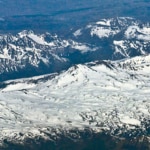
Chillán.
EASTER ISLAND
More than Moais
Legend has it that after creating the earth Make-Make felt lonely. He took a pumpkin filled with water and saw his reflection. That’s when he decided to create a being out of his own image. He then fertilized the red clay earth and created man. Later on, Make-Make would explain to King Hotu Matu'a how to get to an uninhabited island that we now know as Easter Island.
Rapa Nui, which means big island in the local Rapanui language, is located in Polynesia. Although it is the largest island in insular Chile, it is only 163.6 square kilometers. In fact, you can see the entire island from the highest point of the island at Mount Terevaka – a 360 degree view you don’t want to miss, especially the contrast between the deep blue sea with the sky that looks washed-out in comparison. While it’s easy to see the whole island in one day, don’t be fooled. The island may be small in size, but it’s big in attractions. The key is appreciating the mystical moments the island has to offer, which lie in its natural beauty, the Moais and the culture of its people.
Some must-sees: Visit the Rano Kau volcano crater, which is currently home to a lagoon measuring a kilometer and a half in diameter, covered in vegetation. The Orongo village ruins are close-by where you should listen to the story of the bird man ceremony and admire the view of the sea, with the motus – stone islets in the middle of the water where you can also go snorkeling. If snorkeling is your thing, Easter Island’s water offers excellent visibility and cannot be missed. A visit to the Moias is another must-see. They are in several parts of the island. You can watch with sun rise with the Ahu Tongariki Moais, the sunset in Ahu Tahai, and admire the incomplete Moai construction at the old Rano Raraku quarry. For a beach day head to Anakena and don’t lift a finger all day, unless it’s to buy a tuna and cheese empanada at a stand on the beach. End your day with a Sau Sau show – the area’s traditional dance characterized by hip movements to the beat of the music.
When to go: All year
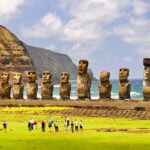
Easter island.
THE WINE ROUTE
An instant tradition
Even though wine has been produced in Chile since the 19th Century, it wasn’t until the second half of the 20th Century that its quality improved to the point where it became a product renowned around the world. Recently, however, the wine industry has also opened its doors to visitors who what to see the vineyards and production methods, which has led to boutique hotels, restaurants and stores sprouting up, as well as excursions on foot, horse-back or bicycle that recover the country’s winegrowing tradition and which take place primarily in south central Chile. Don’t miss out on visiting a vineyard and tasting their wines while admiring the valleys painted in green or red, depending on the season, which make the area uniquely beautiful.
Must-sees: The city of Santa Cruz, in the Colchagua Valley, is a good option if you want to see Chile’s wine culture. Apalta Valley is close to the picturesque town and offers tourists special facilities and services, such as plantation visits, look-out points facing the valley and wine sales. The Lapostolle and Montes wineries are good options.
More information: rutadlevino.cl.
When to go: All year
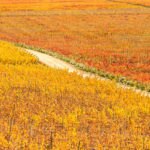
The wine route.
TORRES DEL PAINE
The Patagonia must-see
This national park is located in the Magallanes and Chilean Antarctica region, the southernmost region in Chile. It is one of the most visited national parks in the country. The park has numerous facilities and hotels that make your stay are real nature experience – some of which are located in the park and others are not. They offer excursions to the different wonders that are close to Puerto Natales like the closest city to Torres del Paine, Sierra Baguales; the fiord Última Esperanza and its glaciers; or to go fly fishing in secluded rivers that have been around for ages. However, the Patagonia excursion you can’t miss is Torres del Paine, a group of granite mountains that have been shaped by glaciers. Although it is possible to take one of the guided day trips the hotels offer, we recommend putting on your hiking shoes and walking through the national park. Then you will experience for yourself how it feels to stand before its plains with low vegetation in front of the mountain with its infinite glaciers. There’s a reason Torres del Paine was selected as the Eighth Wonder of the World by the portal Virtual Tourist in a contest that included more than 300 destinations and which received more than five million votes
Things to keep in mind: If you decide to spend more than one day at the National Park, the two most common routes are: the routes known as the W path and the O path. The first one takes about four days and has a medium level of difficulty. The second one requires a bit more physical preparation (with no technical difficulty) and takes almost eight days. You can do either on your own - the routes are marked and so are the camping areas. Or you can go with a guide you hire at one of the hotels or at one of the Puerto Natales travel agencies.
When to go: January to March.
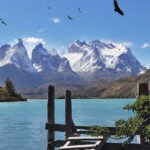
Torres del Paine.
-
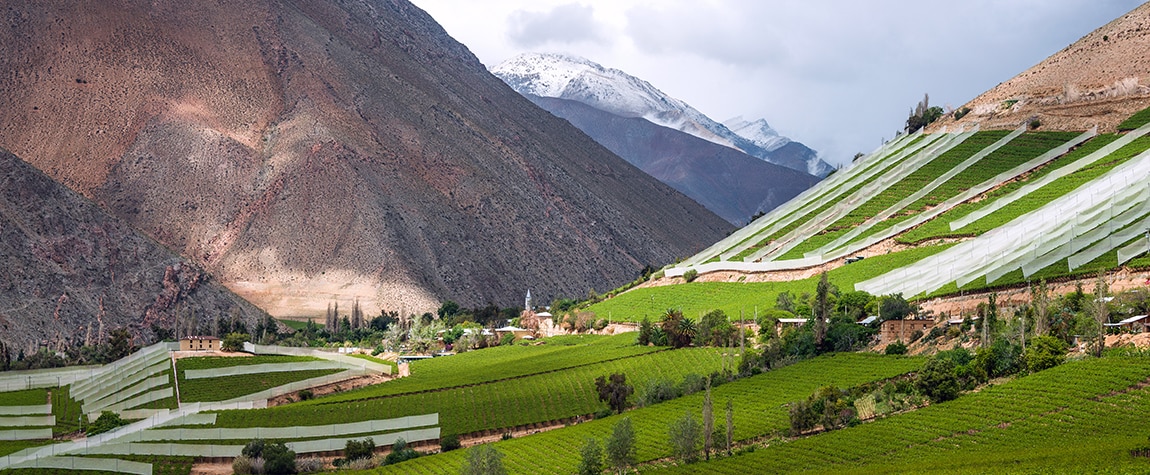 1
1ELQUI VALLEY
-
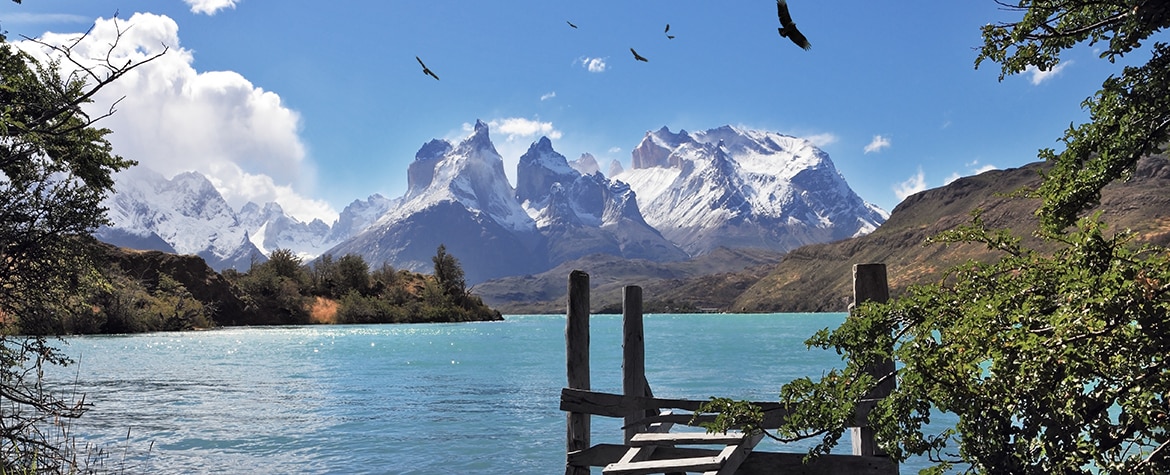 2
2TORRES DEL PAINE
-
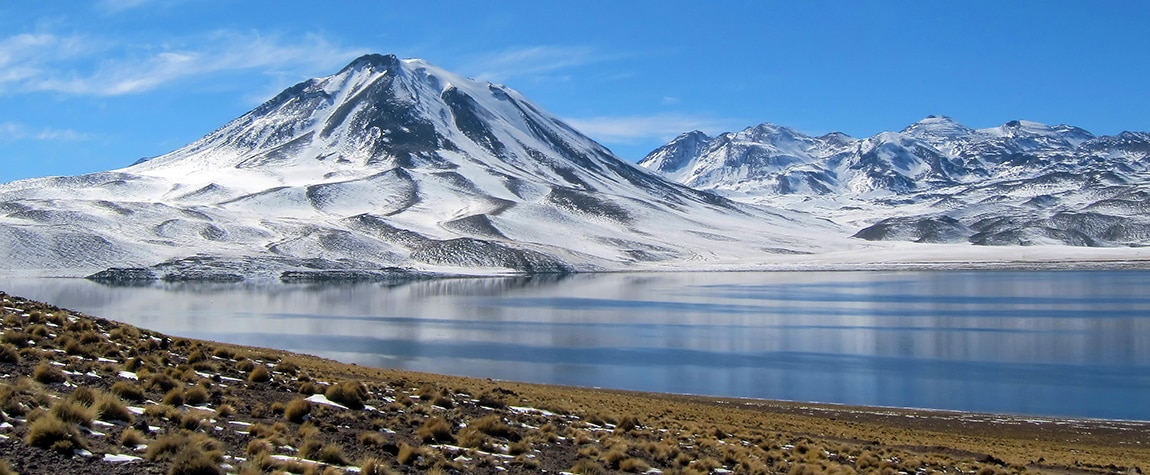 3
3SAN PEDRO DE ATACAMA
-
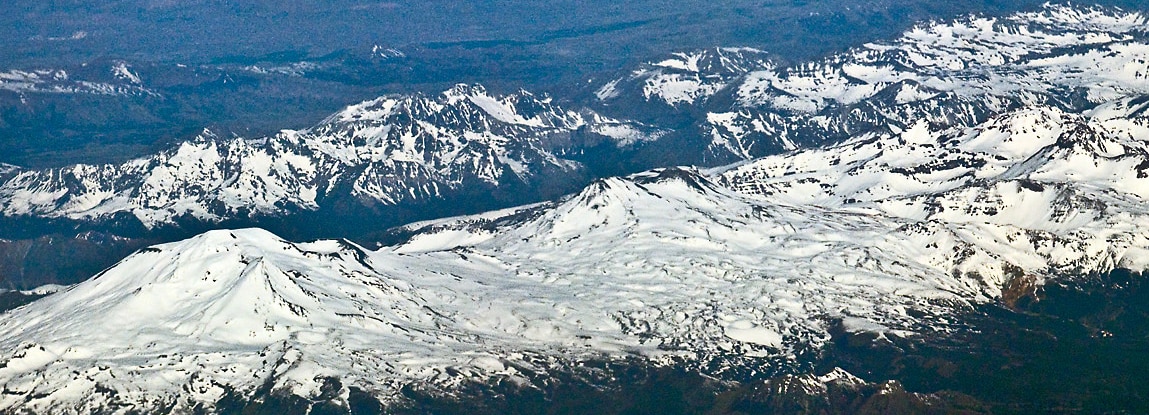 4
4CHILLÁN
-
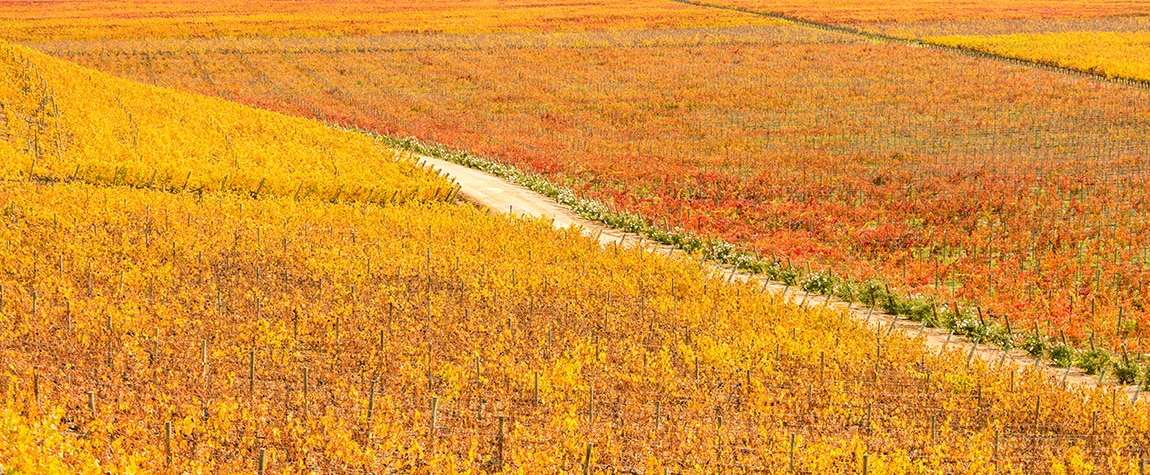 5
5THE WINE ROUTE
-
 6
6VALPARAÍSO
-
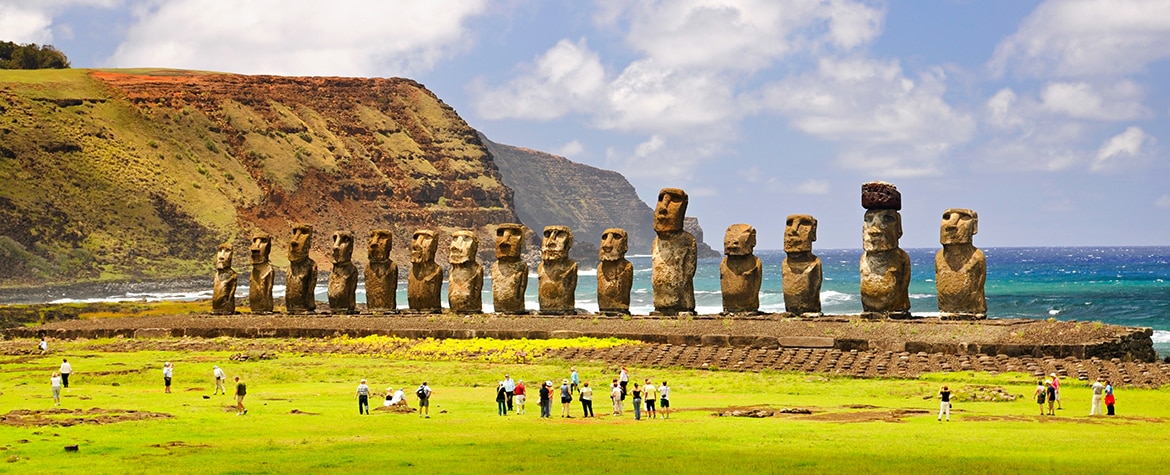 7
7EASTER ISLAND